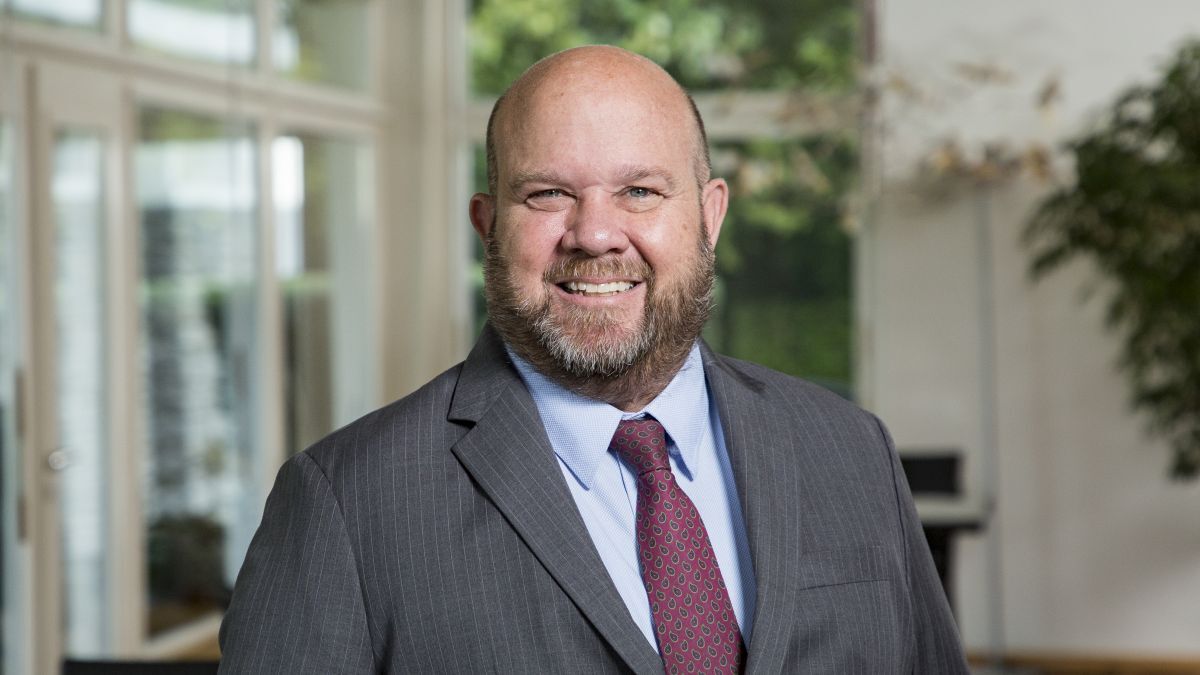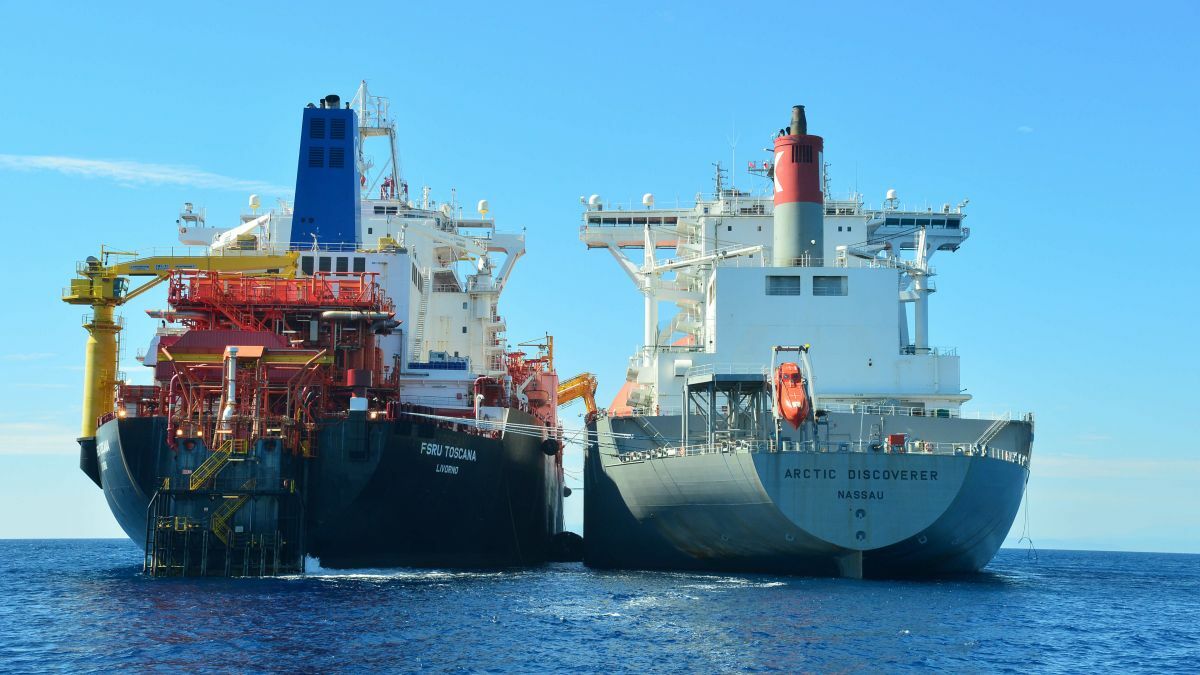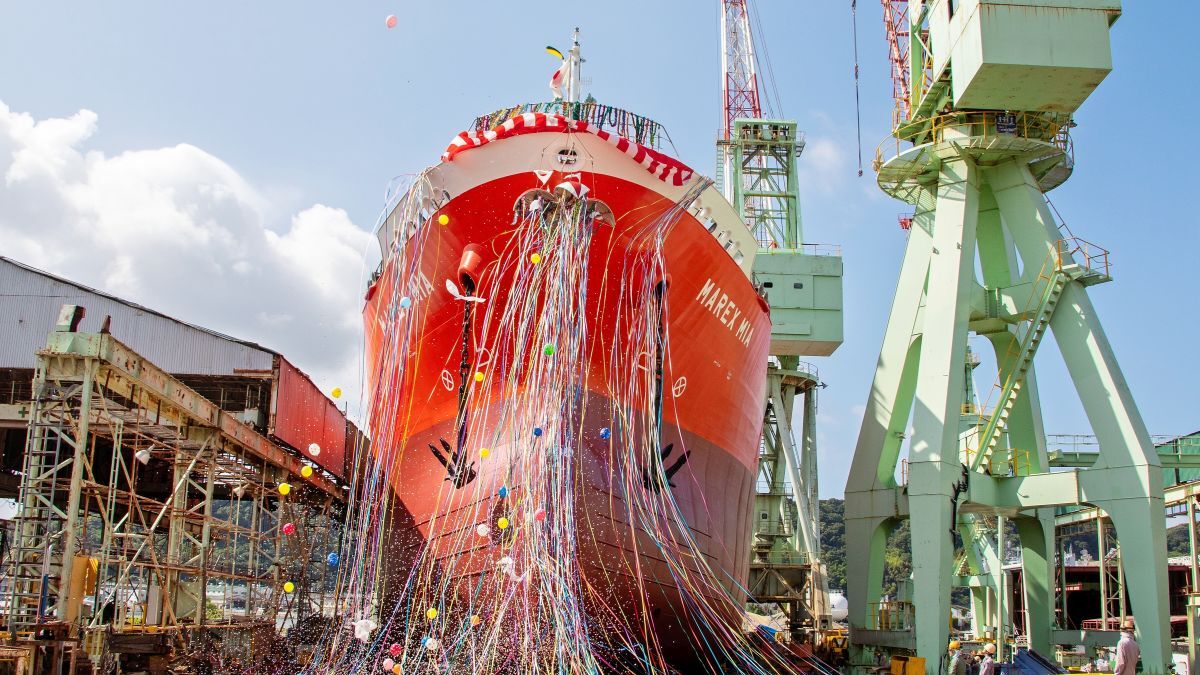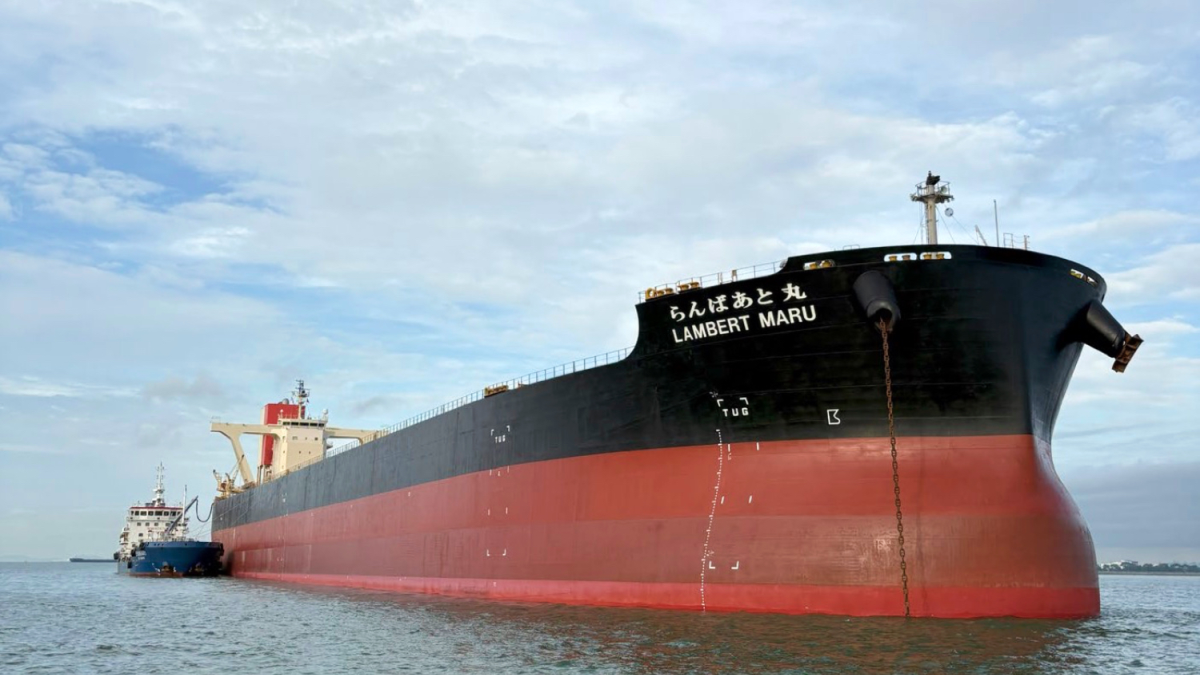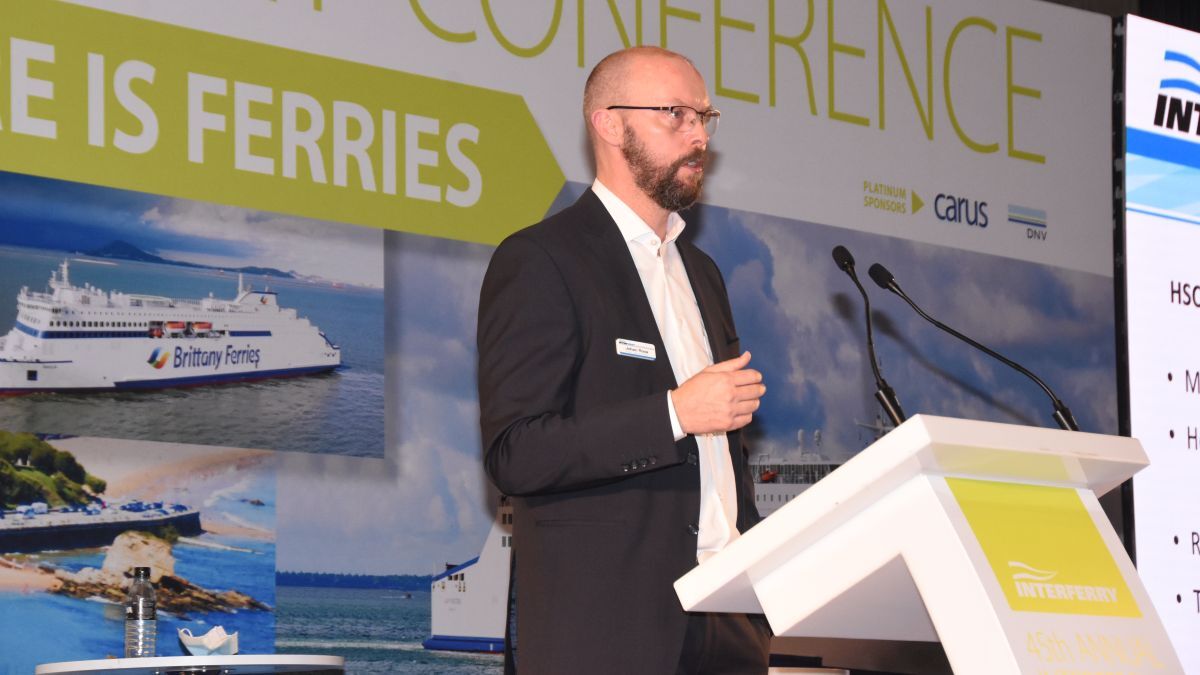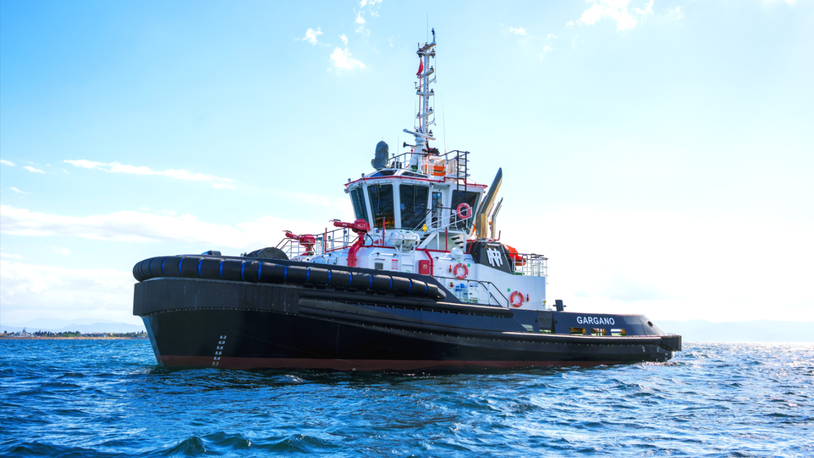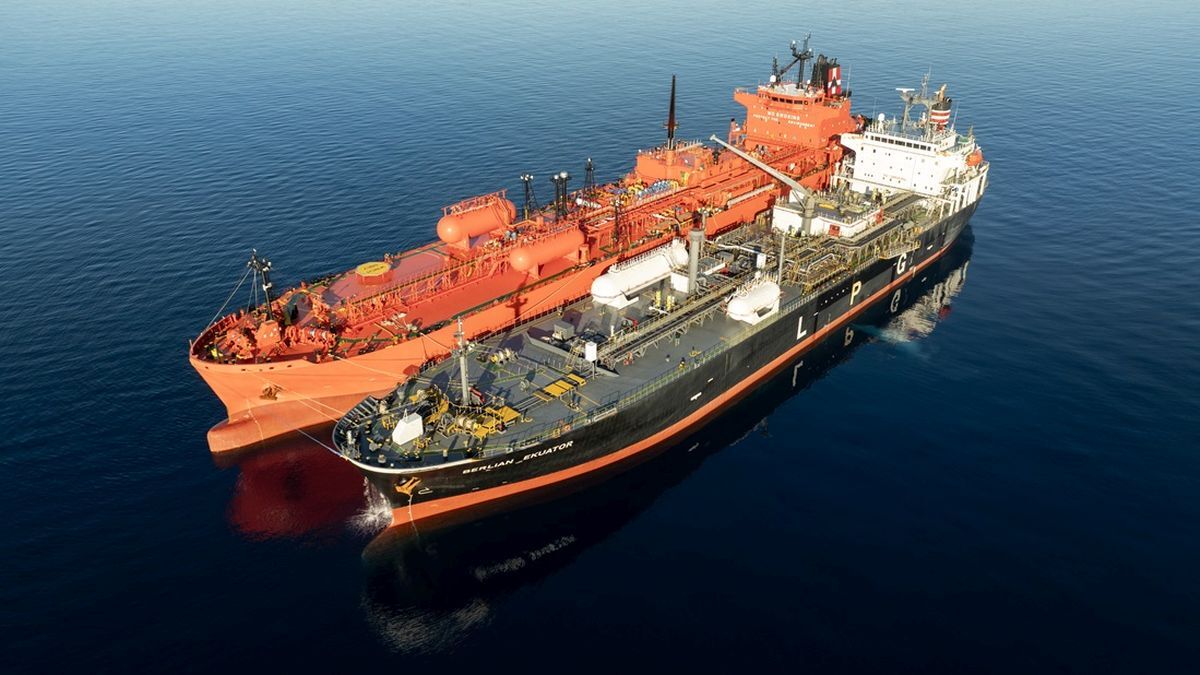Business Sectors
Contents
CLIA CEO: shipping's energy transition problems are 'fuels, fuels and fuels'
Cruise Lines International Association (CLIA) chief executive Bud Darr addressed shore power challenges, collaboration and multi-fuel cruise ships in a speech at the Interferry conference
During a keynote speech at the annual conference put on by passenger shipping global trade group, Interferry, Mr Darr took aim at ferry operators’ shore power challenges, saying that, despite many ferries and cruise ships being ready to utilise shore power, relatively few ports are capable of providing it.
Some 60% of CLIA’S members’ fleet (166 ships) have shoreside power. a number that is expected to grow to 273 ships by 2036.
“Ferries and cruise ships are leaders in shore power," Mr Darr told delegates. "But there isn’t very much of it, and what is there can come from suspect production power sources in the first place. It needs to meet proper technical standards… it has to be marketable and needs to be a reasonable price and not cost prohibitive.”
Mr Darr acknowledged the difficulties of implementing shore power and the challenges with adequate access for the vessels capable of utilising it.
"Shore power is hard. Less than 3% of ports that cruise ships call at provide shore power, and they provide power for one ship. Shoreside infrastructure is still woefully inadequate today,” he said.
Addressing shipping’s energy transition, the CLIA chief executive said it boils down to three issues that have to be solved. “Fuels, fuels and fuels.”
“Technology vendors are making great progress; there are methanol-ready engines coming into the marketplace and ammonia engines are not far behind. But will we have the molecules? I don’t know,” he said.
Mr Darr said that it is crucial for shipping to claim access to the lower-carbon energy molecules it needs, and stressed the importance of approaching government energy ministers on the subject. “We are approaching energy ministers. They are listening… there is real potential for the shipping industry at large,” he said.
CLIA figures also show a significant increase in the number of cruise ships coming in with multi-fuel engines. Whereas in 2018, there was a single vessel in CLIA’s membership with multi-fuel capability, in 2025, there are 25. And by 2036, CLIA expects to count more than 50 multi-fuel cruise ships among its members’ fleets.
Mr Darr then called for improved regulations, saying he is "optimistic that IMO will have a fit-for-purpose practical set of regulations, but there are challenges".
With what he said was a focus on collaborative industry efforts by his organisation, Mr Darr called on Interferry members to share best practices and to work together to address passenger shipping’s challenges and noted an upcoming memorandum of understanding set to be signed with ports and harbours association IAPH at a conference in Japan.
Riviera’s Maritime Hybrid, Electric and Hydrogen Fuel Cells Conference will be held in Bergen, Norway, on 14-16 October 2025. Use this link to register your interest and attend the event.
Related to this Story
Orderbook tilts to alternative fuels as deliveries rise
Events
Offshore Support Journal Conference, Americas 2025
LNG Shipping & Terminals Conference 2025
Vessel Optimisation Webinar Week
© 2024 Riviera Maritime Media Ltd.


